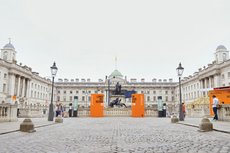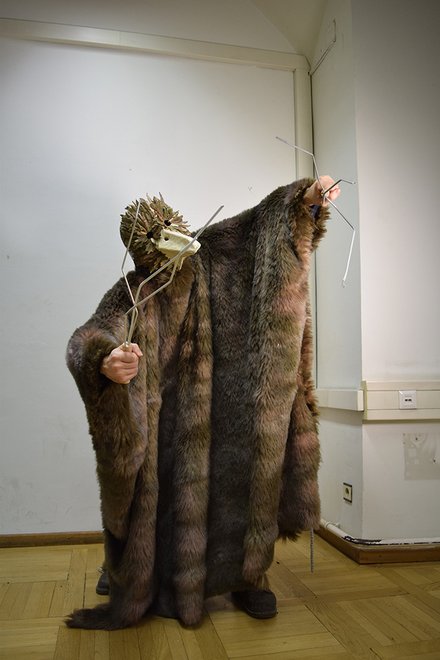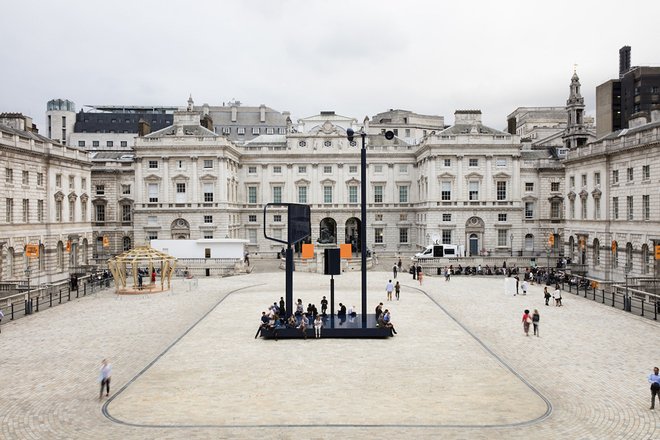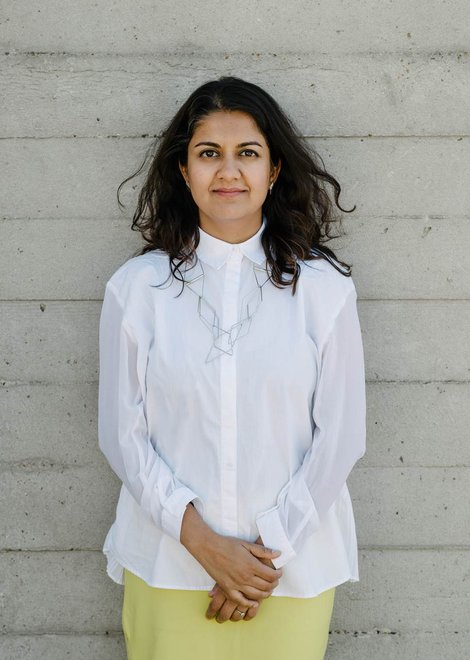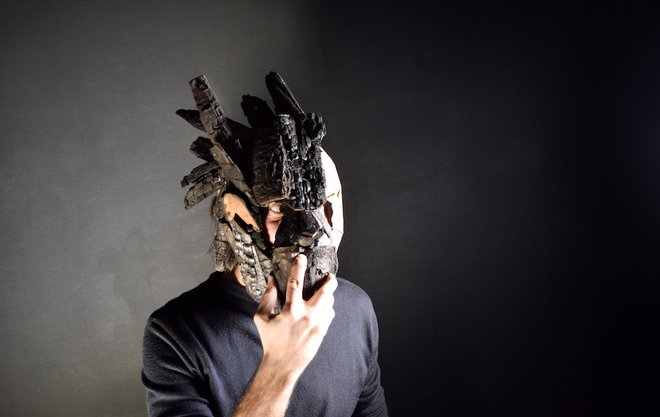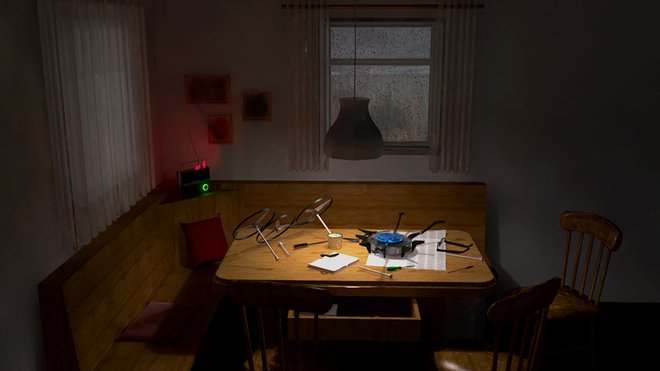myths MADE IN AUSTRIA
How do feelings influence design? The second edition of the LONDON DESIGN BIENNALE which takes place at the splendid Somerset House from 4 to 23 September, casts a glance at the interplay of design and the emotions that currently guide us as a society. The Austrian contribution, which is led by designer ANAB JAIN, gives young talents the chance to share their thoughts about design "after ABUNDANCE“.
Extreme climate and weather conditions, the transformation of nature and increasingly scarce raw materials - these are some of the developments of the foreseeable future that the Austrian pavilion at the Design Biennale in London touches upon. Under the title "After Abundance" the group of students asked themselves what could happen after prosperity and affluence have ceased. This thought experiment led by the futurist, developers and educators Anab Jain explores what happens when existing infrastructures collapse. Where does energy come from and how can design assume a key role?
Visitors pass through various stations that each tackle the realities of climate change in an era after abundance and offer a glimpse of life in a changed Austria. Such as a glacier that receives the status of a legal person and is monitored by drones thereby raising questions about illegality and legality. Set on a „village square“ one is taken back to rituals and customs. In performances by masked mythical figures which semantically refer back to traditional pre-christian rituals in the alpine region of Austria and whose costumes represent the results of climate change, such as drought and landslide. They perform certain services and receive alms for doing so. In this part, the „Heischebrauch“, the tradition of cadging, is stylised as a possible means of monetary redistribution in a society in the age after prosperity.
The choice of exhibitors is also unconventional: the London-based designer and initiator of the Superflux Studio Anab Jain who is also head of Design Investigations at the University of Applied Sciences Vienna will not be exhibiting alone, but working on the concept for the pavilion with her students. Contrary to the trend of engaging well-known designers, the curator, author and director of Werkraum Bregenzerwald Thomas Geisler decided to hand over the control to the younger genereation. In the controversial format of country presentations, the Austrian contribution hopes to stand out with this slight break to the other pavilions and perhaps to remain in the memory of the design fair audience.
"As speculative as it may seem in detail, it is certain that big changes will take place." -Anab Jain
The class of Design Investigations at the University of Applied Sciences Vienna deals with technological and ecological change and political uncertainty, and develops the corresponding strategies and tools. This approach is also reflected in the show, so much that it is literally about examinations and not finished design objects that are touted as solutions. Although the content of the Austrian contribution might seem over-loaded, the fresh approach explores what is possible in the framework of a Design Biennale.


